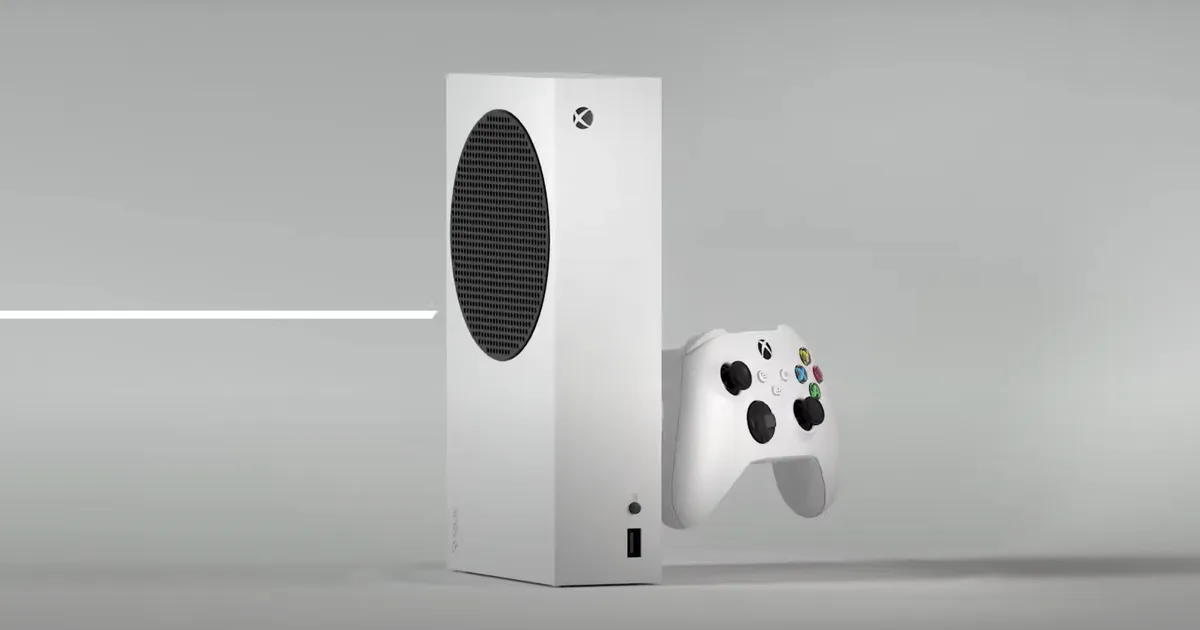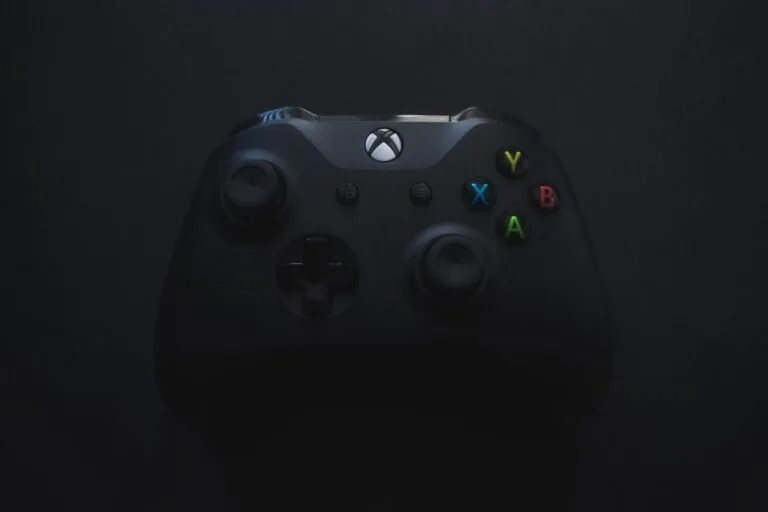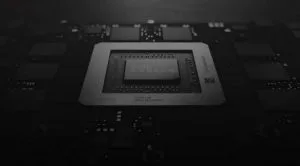[responsivevoice_button rate=”1″ pitch=”1.2″ volume=”0.8″ voice=”US English Female” buttontext=”Story in Audio”]
Maybe the Xbox Series S is all you need

Microsoft/Screenshot by CNET
Surprising virtually no one, Microsoft has announced that the upcoming Xbox Series S game console will cost $299 (£249, AU$499), and that the more-hyped Xbox Series X will be $499 (£449, AU$749). Now that we have a better idea of the specs and differences between each system, it certainly looks to me like the smaller, somewhat less capable little brother is the better deal of the two.
The key thing for me has always been that the Xbox Series X and PS5 boxes, as seen in teaser material so far, are physically huge. Gigantic, really. Meanwhile, the evolution of many other tech devices goes the other way. Roku boxes became Roku sticks, which shrank down to just a bit of software built into other devices, like your TV.
Phones get bigger, I suppose, but there was a time when we all competed to have the smallest phone possible (yes, that was pre-iPhone). Even now, folding phones are trying to build bigger screens into physically smaller devices so perhaps the small-footprint phone will make a comeback. Don’t ask me about 10-nanometer semiconductor manufacturing replacing 14-nanometer unless you want to be here for a while.
So, what makes the Xbox Series X, which we still haven’t seen that much of, worth an extra $200? That platform can’t be radically different, after all — they need to play the same games, and in a reasonably similar way, like the Xbox One versus Xbox One X or PlayStation 4 compared to the PS4 Pro.
Having covered every console launch since the Sega Dreamcast, I’d say storage capacity, for example 512GB versus 1TB or something similar — that’s worth $100. It’s not actually worth $100, just in the same way Apple marks up a MacBook by $100 for each bump in storage capacity. And the ability to output at 4K (or maybe 8K), versus 1080 or 1440 output. That’s another line item you could conceivably charge $100 for, especially if Series X can output most games at at least 4K/60 frames per second, which is something even the most powerful gaming PCs can’t always do. CPU and GPU power appear to be the same between the two versions.

The big-footprint consoles compared.
Geoffrey Morrison/CNET
More importantly, the Series S (previously codenamed Lockhart) seems to lack an optical drive. That’s not a first in game consoles, but it’s still more the exception than the rule. There’s already going to be a “digital edition” of the PS5, which just means it lacks an optical drive, and you can already get the current Xbox One in a discless version called the Xbox One S. But the fact that new game consoles still include an optical drive by default is easily the most archaic thing about them.
Remember, new laptops (or even desktop PCs) generally haven’t included an optical drive for many years. Standalone DVD and Blu-ray player sales are a rarity — just look how quickly the disc-based movie sections of your favorite big-box retail store have shrunk into irrelevance.
Yes, there are still compelling arguments for physical media, even for games. The right of permanent ownership and ability to rehome discs to other people. The ability to skip long download times for games, which can run 20GB-50GB or more. But, the advantages pale in comparison to the expense and environmental impact of stamping game data onto a plastic disc, sticking in another plastic box, putting those on a truck and driving them into physical stores all over the country. Having an optical drive included as the default in 2020 shows just how deeply conservative the mainstream video game business is. (As if a steady lineup of new, but not exactly different, Madden, Halo, Assassin’s Creed and other franchise games couldn’t tell you that already.)
I’m well aware of the argument that many people live in areas lacking decent internet service, therefore require games on discs. But the same arguments were originally made about streaming video, which has become the norm, even though a 4K video stream can eat up 7GB-14GB per hour. Trust me, even in the heart of Brooklyn it can take many hours or overnight for some games to download.
All this is just a stepping stone to moving the entire video game model to a server-side business, again like Netflix, where games live on central servers and are beamed to you in the form of live gameplay. Google Stadia, Microsoft xCloud and Nvidia’s GeForce Now are all second- or third-gen versions of this, which started as far back as a nearly forgotten service called OnLive in 2010. Those original versions didn’t really work, and the current ones are far from perfect, but make no mistake, games are going that way eventually. Temporarily licensed, rather than owned. Held remotely, rather than locally. It’s arguably not as consumer-friendly, but few media and tech evolutions are.
And, need I add, those spinning optical drives are one of the few components with complex moving parts left in semiregular use. Both optical drives and spinning platter hard drives are the most common sources of hardware problems in game consoles. Remove the optical drives and switch to SSD storage and your console hardware will have a longer, more trouble-free life.
I made a similar call way back in 2013, and let’s just say I was well ahead of the reality (or maybe just plain wrong). Back then, I wrote that the then-new PS4 and Xbox One were both “lumbering dinosaurs, throwbacks to an era when your technology hardware, software and processing power were all housed onsite, in one localized package … We’ve moved toward a far more connected way to access content, largely through cloud services that can stream both video and game content.”
But I did make one other interesting call, predicting — again, back in 2013 — that “the PlayStation 5 and Xbox, uh, Two (?) are more likely to look like a Roku or Apple TV than a hulking squared-off gaming PC.” That may not be true of the physically imposing Xbox Series X or PS5 hardware — selling a big shiny thing in a big shiny box is still a key holiday season strategy — but the Xbox Series S is significantly smaller, barely larger in volume than a couple of game controllers.
A smaller box, able to play the latest games in full HD or better resolution, designed for downloaded or eventually streaming games, and at a reasonable price that’s less than the cheapest Apple iPad? That’s why the Xbox One S may be all the game console you need.




























